Figure here, shows a series L-C-R circuit connected to a variable frequency 230 V source. L = 5.0H, C = 80μF and r =40Ω
(a) Determine the source frequency which drives the circuit in resonance.
(b) Obtain the impedance of the circuit and the amplitude of current at the resonating frequency.
(c) Determine the rms potential drops across the three elements of the circuit. show that the potential drop across the L-C combination is zero at the resonating frequency.
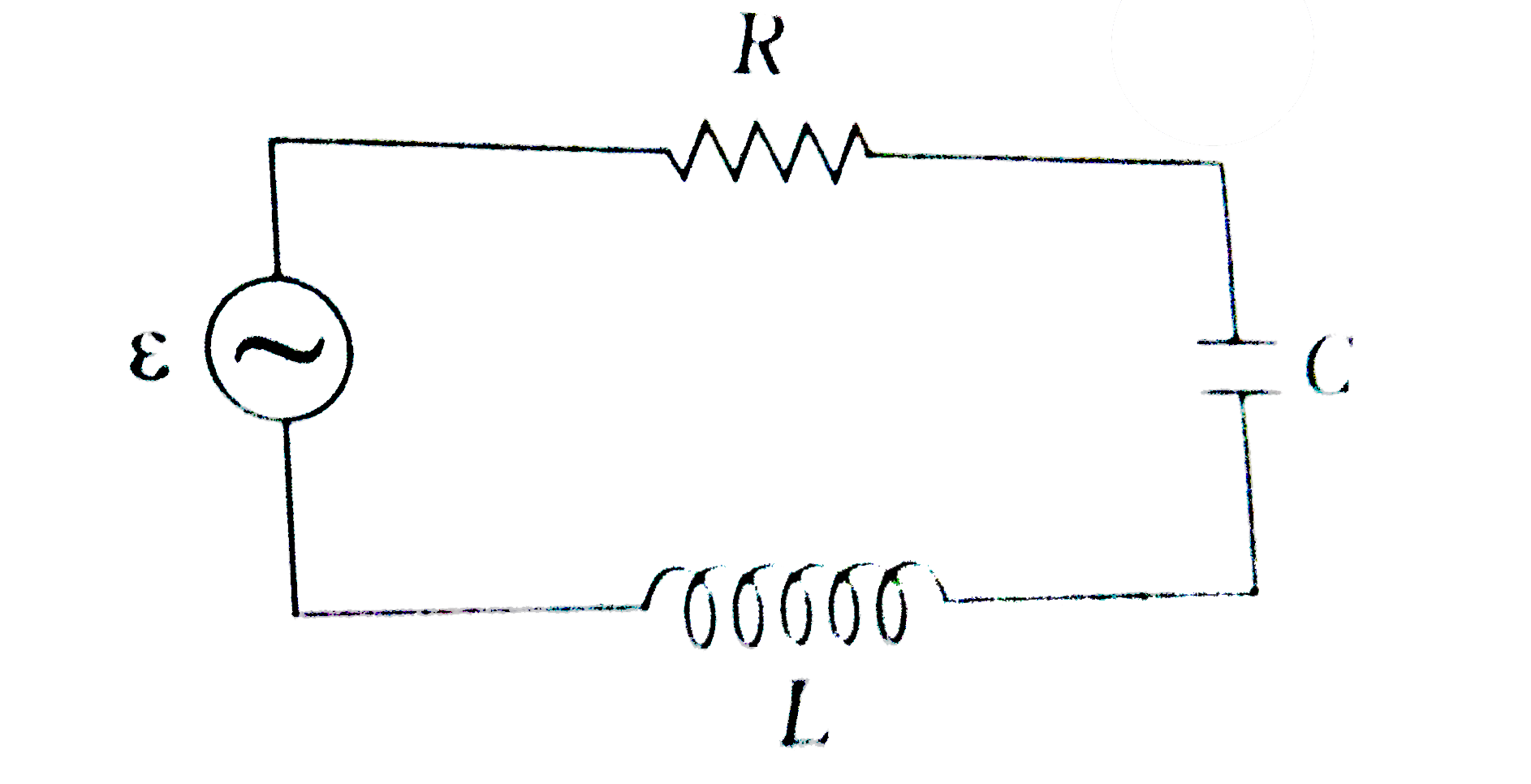
a) If ω0 be the resonant angular frequency = source frequency at resonance, then
ω0=1√LC = 1√5×80×10−6=50rads−1
f0=ω02π=502×3.141=7.96Hz
b) At resonance, Z=R = 40Ω
Irms=VrmsZ=23040=5.75A and I0=V0Z=√2VrmsZ
√2×23040=8.13A
c) Tjhe rms potential drop across R is given by
Vrms=IrmsR=5.75×40=230V
The rms potential drop across L is given by
VLrms=IrmsXL=Irms(ω0L)
=5.75×50×5=1437.5V
The rms potential drop across C is given by
Vrms=IrmsXC=Irms×1ω0C=5.75×150×80×10−6
=1437.5 V
The rms potential drop across L-C is given by
VLC=VL−VC=1437.5−1437.5=0
Similar Questions
A series LCR circuit connected to a variable frequency 230 V source has L = 5.0 H, C=80μF, R=40Ω, Fig.
(a) Determine the source frequency which drives the circuit in resonance.
(b) Obtain the impedance of the circuit and amplitude of current at at resonating frequency.
(c ) Determine the r.m.s. potential drops acorss the three elements the circuits. Show that the potential drop acorss the LC combination is zero at the resonating frequecny.
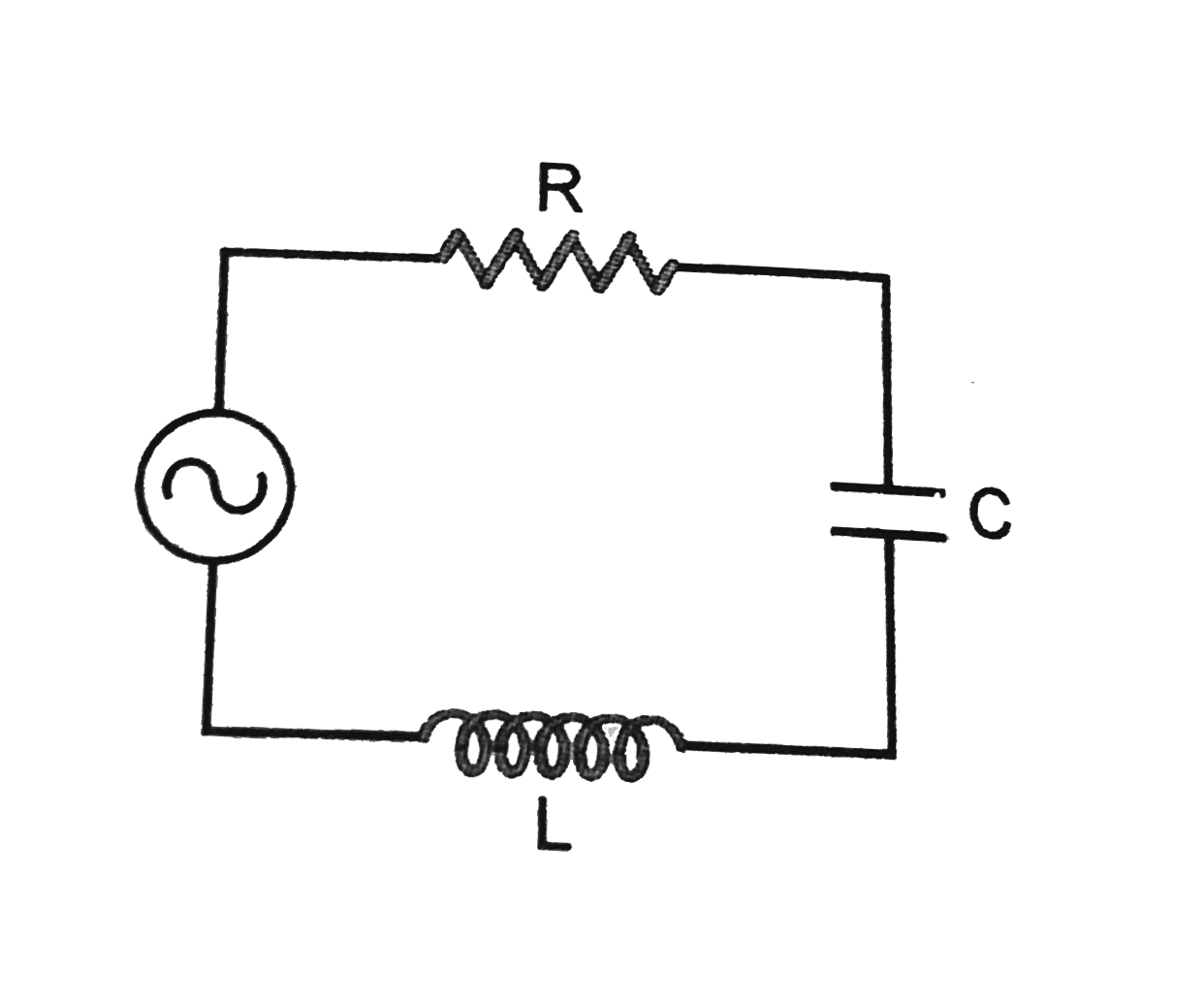 View Solution
View SolutionThe figure shows a series LCR circuit connected to a varriable of 200 V source with L=50 mH, C=80μF and R=40Ω find.
(i) the source frequency which drives the circuit in resonance,
(ii) the quality factor (Q) of the circuit.
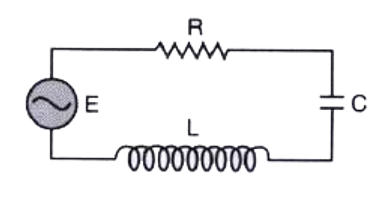 View Solution
View Solution
Knowledge Check
- Question 1 - Select One
Figure shows a series LCR circuit connected to a variable frequency 230 V source.

The source frequency which drives the circuit the circuit in resonance isA4 HzB5 HzC6 HzD8 Hz
For the series LCR circuit shown in the figure, what is the resonance frequency and the amplitude of the current at the resonating frequency
 View Solution
View SolutionFor the series LCR circuit shown in the figure, what is the resonance frequency and the amplitude of the current at the resonating frequency
 View Solution
View SolutionA series L-C-R circuit is operated at resonance . Then
View SolutionIn the given figure , a series L-C-R circuit is connected to a variable frequency source of 230 V . The impedance and amplitude of the current at the resonating frequency will be
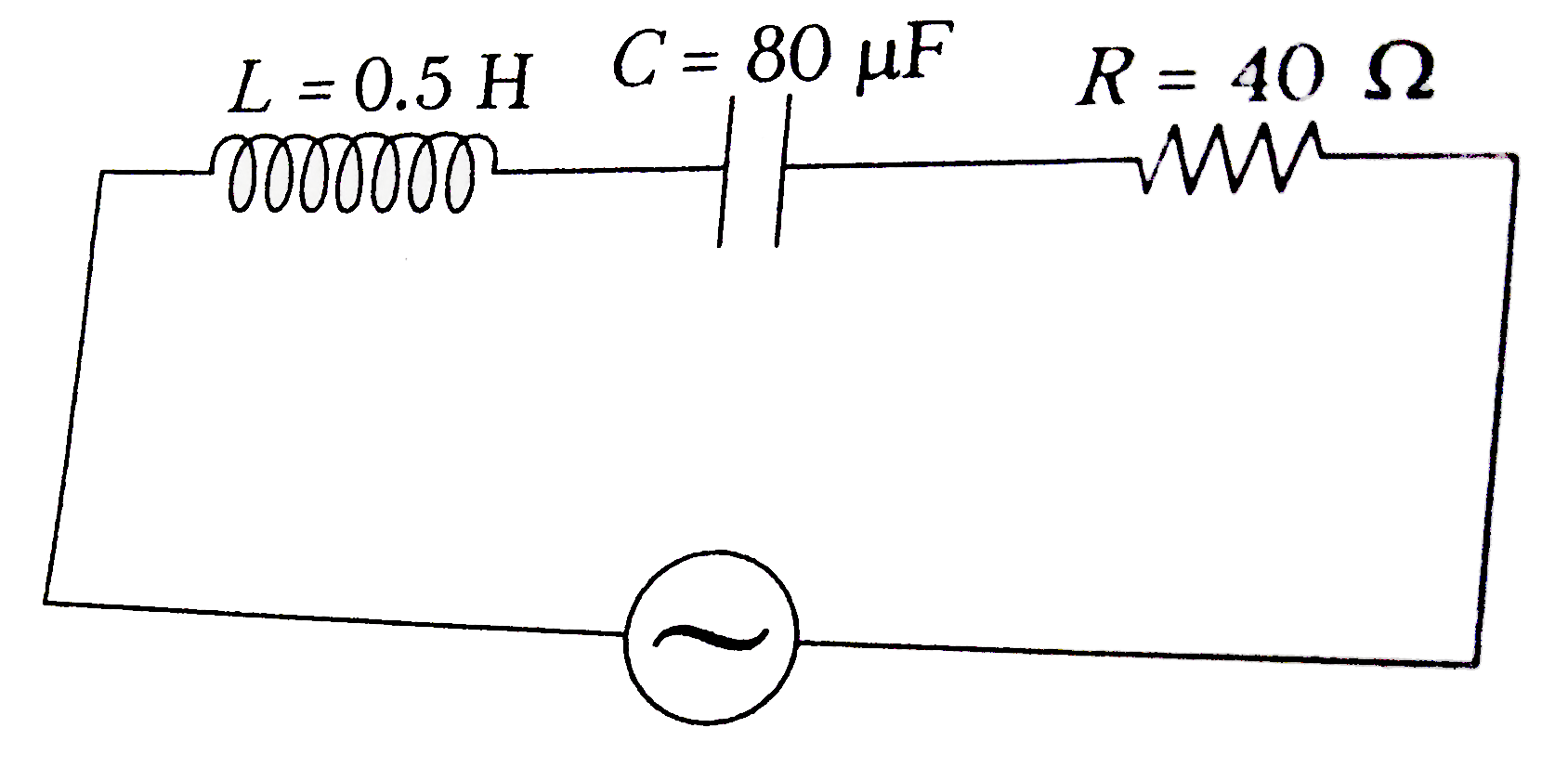 View Solution
View SolutionIn an L-C-R series, AC circuit at resonance
View SolutionIn a series L-C-R circuit shown in the figure , what is the resonance frequency and the current at the resonating frequency?
View SolutionThe figure shows a series LCR circuit with L=10.0H2,C=40μF,R=60Ω connected to a variable frequency 240 V source. Calculate
(i) The angular frequency of the source which drives the circuit at resonance.
(ii) The current at the resonating frequency.
(iii) The rms potential drop across the capacitor at resonance.
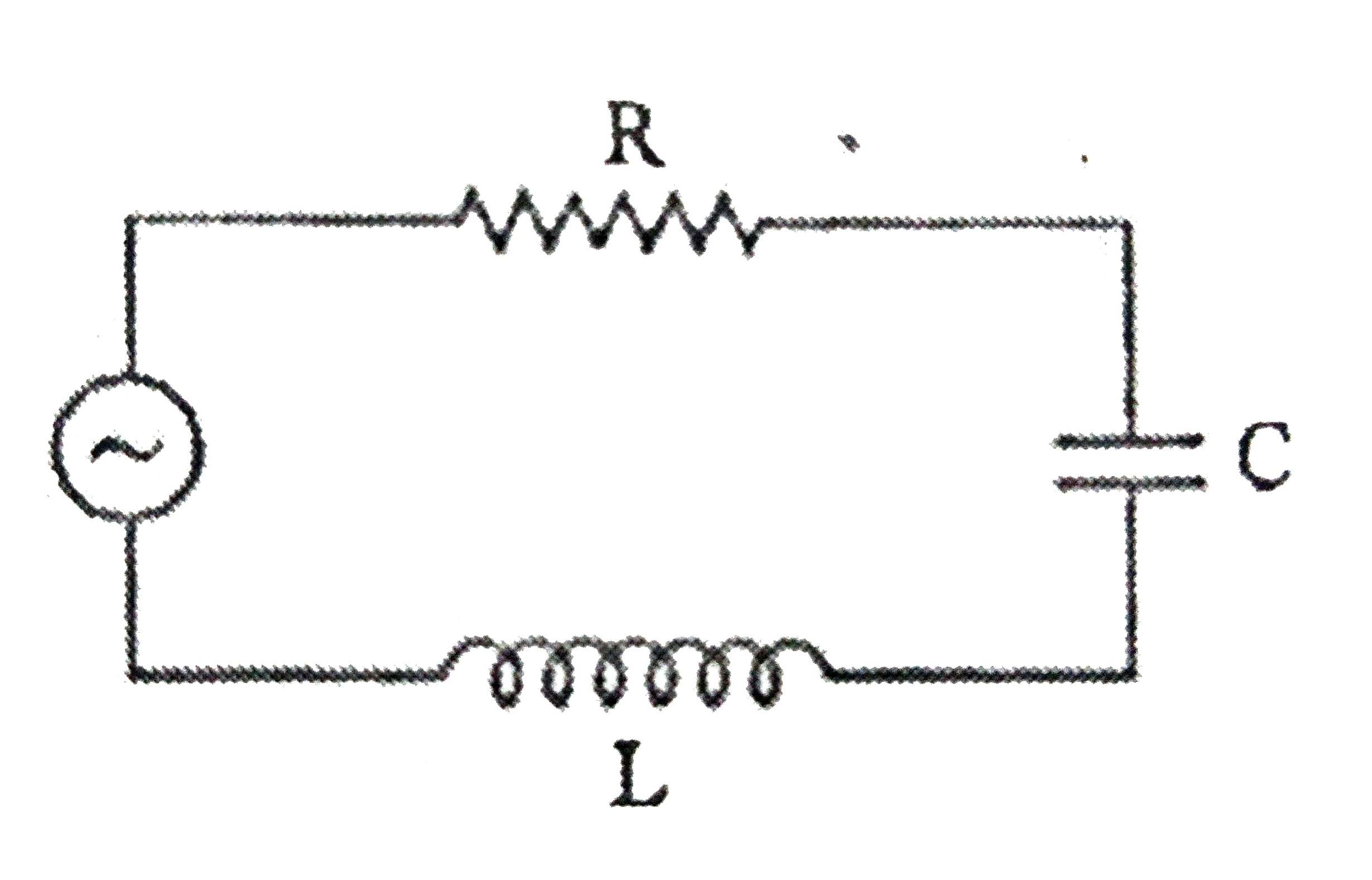 View Solution
View Solution

